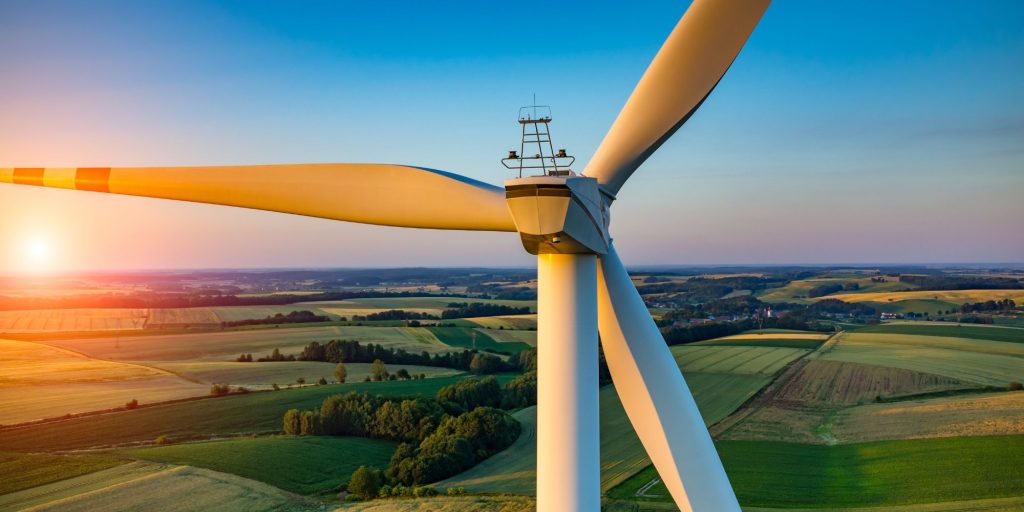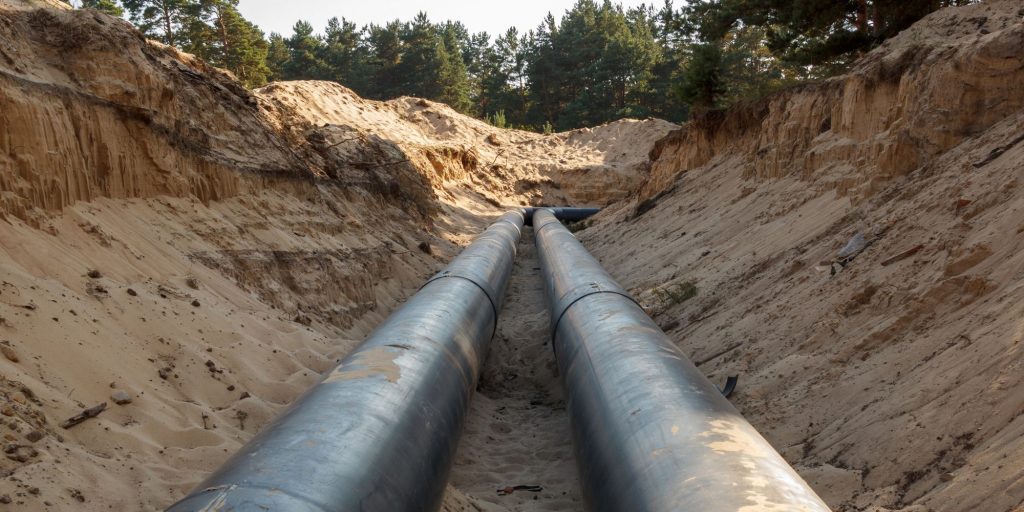The federal government has created a program that’s ripe for corporate abuse while endangers rural communities on the taxpayer’s dime.
By Claire Deuter and Sarah Hunkins
Carbon capture and sequestration projects have been proposed throughout the country at an increasing rate in recent years. What is driving the build out of this emerging industry?
The federal carbon capture and sequestration (CCS) tax credit – often referred to as 45Q – can be claimed by qualified taxpayers for every metric ton of carbon dioxide captured and sequestered that would have otherwise been released into the atmosphere. Congress created the credit in 2008 to jump start adoption of technologies that would reduce emissions from existing sources. In practice however, companies have primarily claimed 45Q tax credits for pumping captured carbon dioxide underground to increase oil production from aging wells, canceling out the emissions reduction benefit and ultimately extending the life of fossil fuel development. Despite the credit’s history of fraudulent claims, federal lawmakers expanded the tax credit through the passage of the reconciliation bill in July 2025, with little assurance that it will do more than line the pockets of special interests like oil and gas companies and the ethanol industry.
Fraud and Waste
The 45Q tax credit is a prime example of fraud and waste. In the absence of strong compliance and anti-fraud safeguards, taxpayers will not be getting what they are paying for. For example, in April 2020, the Treasury Department’s Inspector General for Tax Administration (TIGTA) found that 10 taxpayers claimed over $1 billion in 45Q tax credits from 2010 to 2019, roughly 99 percent of total credits claimed. Of the total $1 billion claimed, credits worth $894 million did not comply with Environmental Protection Agency (EPA) requirements for reporting on sequestered carbon.
Keep up to date with grassroots organizing in the West with WORC’s newsletter.
Also concerning, the Inflation Reduction Act (IRA), passed in 2022, also allows certain taxpayers to elect to receive 45Q credits as a direct payment rather than as a credit against their federal income tax liabilities – which means companies can benefit from the lucrative credit regardless of tax liability – and allows for the transfer of credits. This loophole will only perpetuate abuse of the tax credits.
One of the factors contributing to the fraud and waste under the 45Q tax credit is the lack of transparency. Alarmingly, there is absolutely zero public disclosure around who is claiming the tax credit or for how much. All tax returns are confidential, meaning one can’t even use the Freedom of Information Act (FOIA) to gain information. Unless the company discloses that info itself, the public has no way of knowing how much money a company or project stands to get under the tax credit. This lack of transparency will only exacerbate the waste, fraud, and abuse we are already seeing from this tax credit.
Reliance of Tax Dollars
Another major criticism of the 45Q tax credit is that it uses taxpayer dollars to fund experimental projects that pose risks to the health and safety of communities and the environment, all while making emitting industries richer. Industry has made it clear that carbon capture and sequestration can not be fully built out without the backing and support of communities and taxpayers. Not only do they want communities to welcome projects to their neighborhoods, they want communities to financially support them too.
The price of the 45Q tax credit is not cheap for taxpayers. Cost estimates for 45Q have risen over the life of the tax credit. In 2021, the Treasury Department estimated that over the next ten years 45Q would cost $20.1 Billion. A year later, they updated their cost estimate, saying that $30.6 Billion would be needed for the tax credit over the next ten years. Research done by the Institute for Energy Economics and Financial Analysis (IEEFA) found that the current 45Q program could cost taxpayers over $800 Billion dollars.
The Risks of CCS
CCS poses a major risk to communities. Ruptures resulting in the release of concentrated CO2 into the atmosphere are not just hypothetical, they are a reality. It happened in Satartia, Mississippi, in 2020. “More than 200 people evacuated and at least 45 people were hospitalized,” NPR reported. “Cars stopped working, hobbling emergency response. People lay on the ground, shaking and unable to breathe. First responders didn’t know what was going on.”
Federal agencies continue to fall behind on issuing rules that ensure that CCS development is done in a way that protects communities, the environment, and wildlife. The risks of sequestration continue to be extensive–storage leaks could contaminate groundwater and soil, well failure during injection or blowout often releases large amounts of CO2, and seismic events could occur during sequestration which could cause earthquakes and permanent damage to infrastructure and the surrounding environment. Without proper protections in place, the 45Q tax credit will continue to place communities and the environment in jeopardy.
Looking forward
Carbon capture and sequestration has become a very bipartisan issue over the last few years. A big reason for this is that Democrats see it as a way to slow down climate change, while Republicans see it as a path to ultimately continue reliance on oil, gas, and coal development. In recent years, Congress has had a hard time working in a bipartisan manner, but the build out of CCS is something that they have found common ground on. With this kind of support in Congress, the nation could easily see a further and more robust build out of carbon capture technologies over the coming years.
Because of this, it is crucial for communities to raise concerns and educate Congress on the waste, fraud, and abuse that is perpetuated by the 45Q tax credits and the carbon capture industry. Taxpayer dollars should not be propping up this inefficient and unsafe industry. If the 45Q tax program continues, there should at least be safeguards in place that don’t allow industry to abuse the system and profit from taxpayer dollars.
Learn more:
Carbon Capture and Sequestration: still a multi-billion-dollar boondoggle
Winning a David and Goliath battle

Yes, I want to help WORC elevate Western voices and hold decision-makers accountable!





